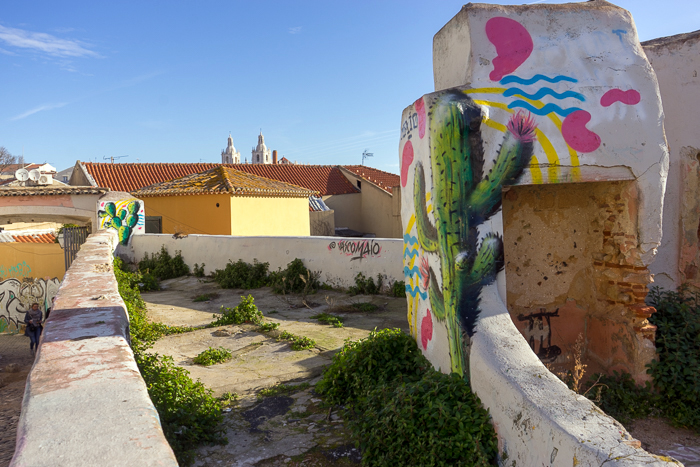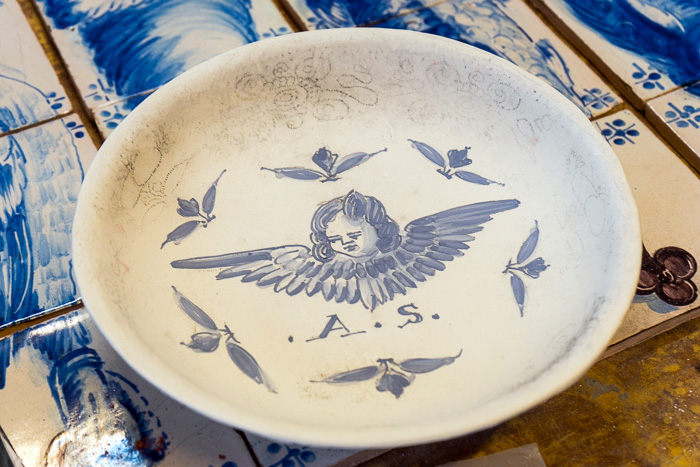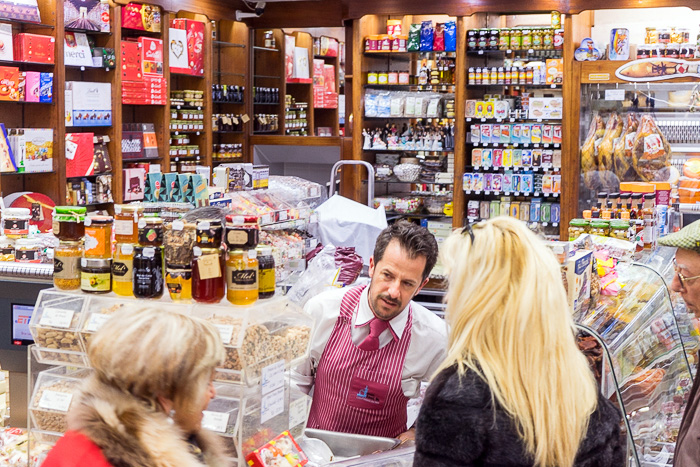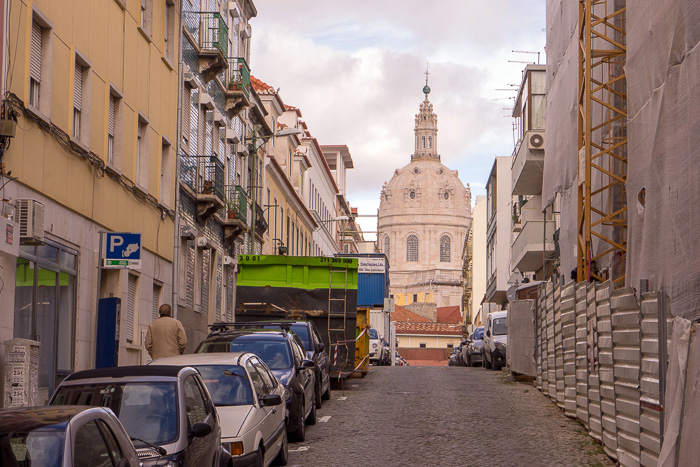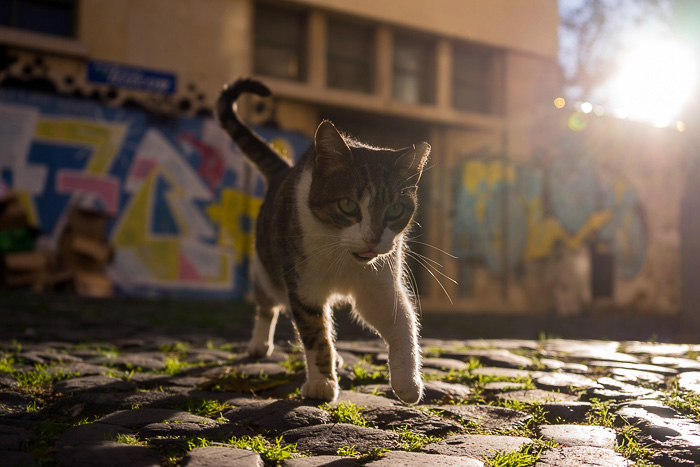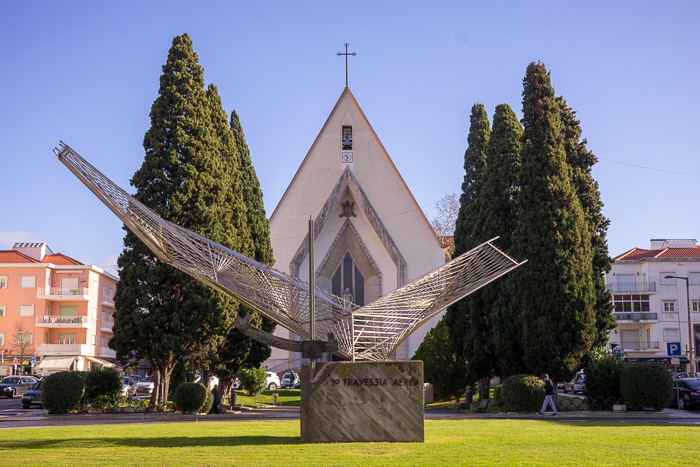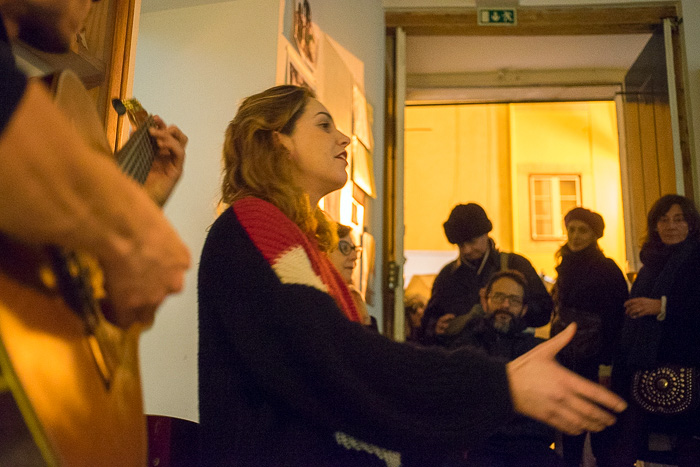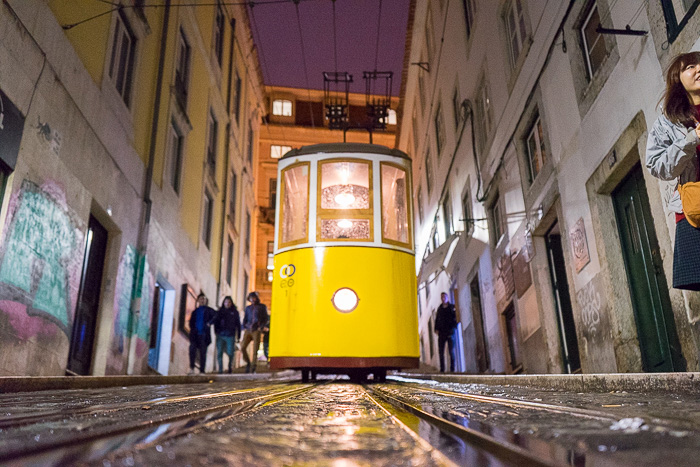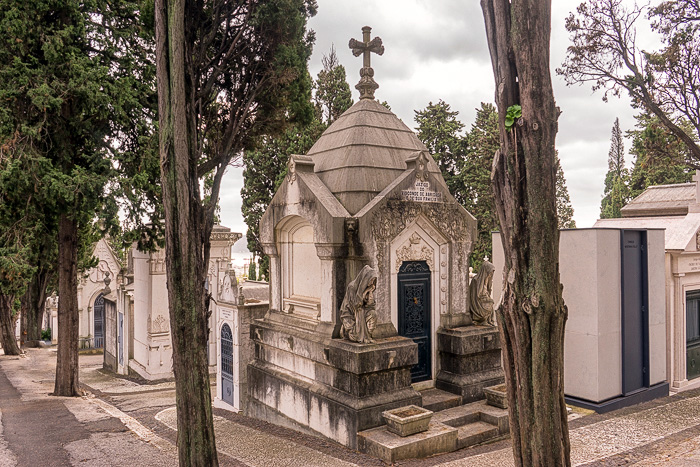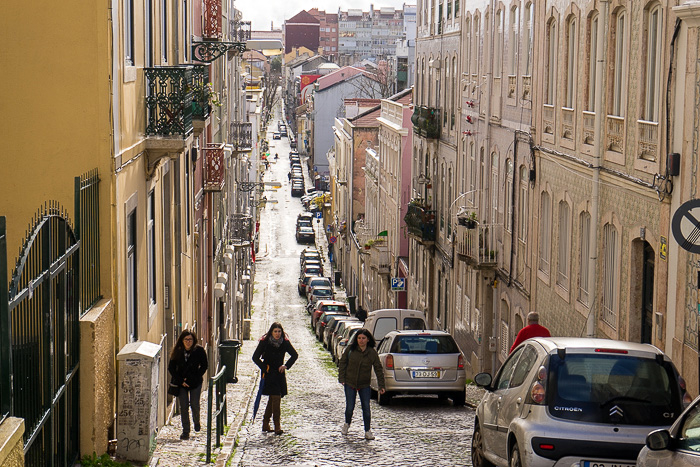Street Art in Lisbon
It didn't surprise us to learn that Lisbon was home to a thriving street art scene. This is known as a somewhat anarchic city, with a large population of struggling, disaffected youth, and a fairly permissive culture. That's the perfect combination for excellent graffiti: political, angry, sarcastic, weird and often beautiful. During the course of our stay in Lisbon, we'd discover something new every time we stepped outdoors.
